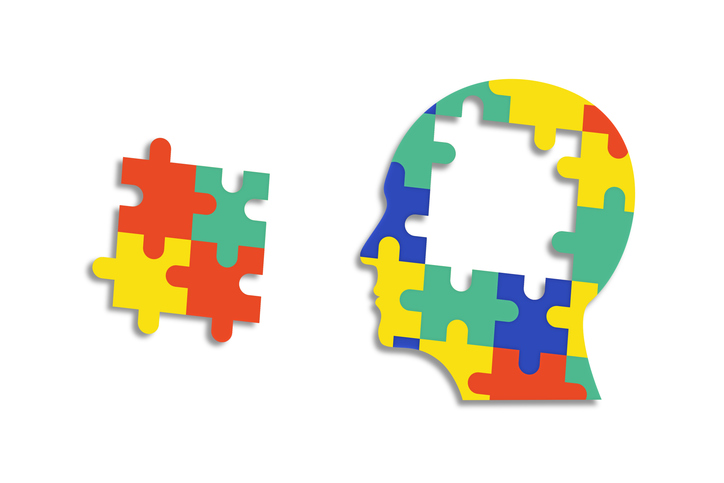15 Things You May Not Know About Autism


Autism Spectrum Disorder (ASD) affects millions of people around the world, yet despite growing awareness, it remains widely misunderstood. Misconceptions about what autism is—and what it isn’t—still shape how society views, supports, and interacts with autistic individuals. While public knowledge has improved over the years, many myths persist, often leading to stigma, delayed diagnoses, and a lack of meaningful inclusion for those on the spectrum.
What is autism?
Autism is a complex neurological condition that influences how a person communicates, behaves, and experiences the world. Contrary to outdated assumptions, autism is not caused by any one factor. According to Autism Speaks, research suggests that ASD likely develops from a combination of genetic and environmental influences, including social determinants. These factors may increase the risk of autism and also influence the way it presents in each person. However, it’s important to remember that increased risk is not the same as causation. For example, certain genetic traits linked to autism can also be found in individuals who are not on the spectrum. Similarly, most people exposed to potential environmental risk factors will not develop autism.
In recent years, diagnostic rates have steadily increased, not necessarily because more people are developing autism, but because we’re getting better at recognizing and diagnosing it across age groups, races, and genders. Today, 1 in 31 children in the U.S. has autism, up from a previous estimate of 1 in 36, Autism Speaks notes. Among adults, approximately 1 in 45 is diagnosed. Boys are nearly four times more likely to be diagnosed than girls, though emerging research suggests that many girls have historically been underdiagnosed due to subtler or different presentations of symptoms.
Prevalence also varies across racial and ethnic lines. In the U.S., autism diagnoses are reported in 2.7% of white children, compared to 3.3% of Hispanic children, 3.7% of Black children, and 3.8% of both Asian/Pacific Islander and American Indian/Alaska Native children. Globally, it’s estimated that around 1 in 100 children are diagnosed with autism.
Despite these numbers, many people still don’t fully understand what autism really looks like, or how it affects those who live with it every day. To deepen that understanding, here are 15 things you might not know about autism—but should.
1. Autism Is a Spectrum
Autism isn’t one-size-fits-all. The term “spectrum” reflects the wide range of abilities, challenges, and traits that individuals within this group exhibit. No two individuals with autism are exactly alike.
2. Autism Isn’t a Disease
Autism is a neurological difference, not a disease to be cured. Many autistic people see their condition as part of their identity, not something that needs to be “fixed.”
3. Autistic People Can Have Empathy
One of the most damaging myths is that autistic individuals lack empathy, the ability to recognize and understand others’ thoughts, feelings, and intentions, and to respond with appropriate emotional insight. In reality, many experience deep empathy, though they may express it differently.
4. Girls and Women Are Underdiagnosed
Autism has long been studied through a male lens, leading to underdiagnosis in girls and women. Women often mask symptoms better, which can delay support and recognition. This can manifest as holding back self-stimulatory behaviors (stimming) commonly associated with the condition, or hiding special interests.
One 2022 clinical study estimated that approximately 80% of females with autism remain undiagnosed by age 18.

5. Autistic Adults Exist and Thrive
Autism doesn’t go away with age. Many autistic adults live independent, successful lives, though they may still need accommodations or support.
6. Eye Contact Isn’t a Universal Sign of Respect
Avoiding eye contact is often cited as a trait of autism. But for many autistic people, it’s a way to reduce sensory overload, not a sign of disrespect.
7. Stimming Is Natural and Necessary
“Stimming” (repetitive movements or sounds) helps many individuals with autism regulate their emotions or sensory input. It’s not always a sign of distress. It can also be calming or joyful.
8. Many Autistic People Have Co-occurring Conditions
Conditions like ADHD, anxiety, OCD, epilepsy, and gastrointestinal issues often occur alongside autism. Each person’s medical and emotional profile can be complex.
9. Communication Styles May Vary
Some autistic individuals speak fluently, while others use few words or are nonverbal. All communication—whether verbal, typed, signed, or via devices—is valid.
10. Sensory Sensitivities Are Common
Loud noises, bright lights, strong smells, or certain textures can feel overwhelming to autistic people. These sensitivities can significantly impact daily life.
11. Autistic People Can and Do Form Close Relationships
Autistic people are capable of deep, meaningful friendships, romantic relationships, and parenting. Social interaction may look different, but connection is still very real.
12. Vaccines Don’t Cause Autism
Despite decades of scientific research disproving the myth, some still believe vaccines cause autism. They do not. This misinformation has been widely debunked.
The claim that the measles, mumps, and rubella (MMR) vaccine might cause autism originated from a 1998 study led by Andrew Wakefield published in The Lancet. The study, which involved only 12 children, suggested a link between the vaccine and developmental regression. However, it was later retracted due to serious flaws in methodology and evidence of scientific misconduct.
Since then, the study has been thoroughly discredited by the medical and scientific community. Numerous large-scale studies have consistently found no connection between the MMR vaccine and autism.
13. Employment Discrimination Is Real
Many autistic adults struggle to find and keep jobs, not due to lack of talent, but because of inaccessible work environments or bias. Inclusive workplaces make a huge difference.

14. Autism Diagnoses Are Increasing, But That’s Not Bad
The rise in autism diagnoses reflects better awareness and assessment tools, not a sudden epidemic. More diagnoses mean that more people are getting the support they need.
15. The Best Experts Are Often Autistic People Themselves
Autistic self-advocates are leading voices in research, education, and policy. Listening to their lived experience is essential for real understanding and progress.
Autism is complex, nuanced, and deeply personal. Increasing our knowledge—and unlearning stereotypes—is one of the most meaningful ways we can build a more inclusive world. Whether you’re a parent, friend, teacher, or simply curious, the more you know, the better equipped you are to support and celebrate autism.
SEE MORE:
Notable Black People With Autism
Language To Use When Addressing People With Autism
What's Your Reaction?
 Like
0
Like
0
 Dislike
0
Dislike
0
 Love
0
Love
0
 Funny
0
Funny
0
 Angry
0
Angry
0
 Sad
0
Sad
0
 Wow
0
Wow
0































